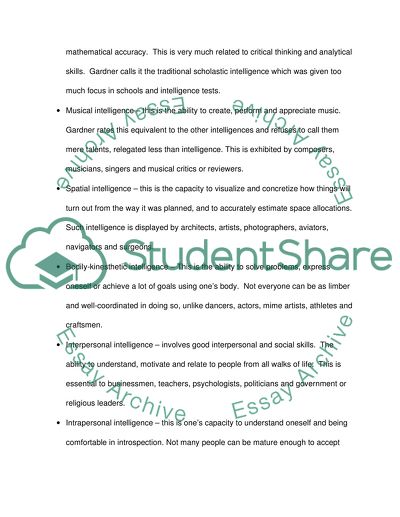Cite this document
(In Defense of Multiple Intelligences Term Paper, n.d.)
In Defense of Multiple Intelligences Term Paper. Retrieved from https://studentshare.org/psychology/1542677-a-critical-review-of-an-academic-article-in-which-ideas-about-learning-relevant-to-the-module-are-discussed
In Defense of Multiple Intelligences Term Paper. Retrieved from https://studentshare.org/psychology/1542677-a-critical-review-of-an-academic-article-in-which-ideas-about-learning-relevant-to-the-module-are-discussed
(In Defense of Multiple Intelligences Term Paper)
In Defense of Multiple Intelligences Term Paper. https://studentshare.org/psychology/1542677-a-critical-review-of-an-academic-article-in-which-ideas-about-learning-relevant-to-the-module-are-discussed.
In Defense of Multiple Intelligences Term Paper. https://studentshare.org/psychology/1542677-a-critical-review-of-an-academic-article-in-which-ideas-about-learning-relevant-to-the-module-are-discussed.
“In Defense of Multiple Intelligences Term Paper”, n.d. https://studentshare.org/psychology/1542677-a-critical-review-of-an-academic-article-in-which-ideas-about-learning-relevant-to-the-module-are-discussed.


